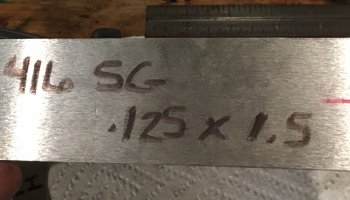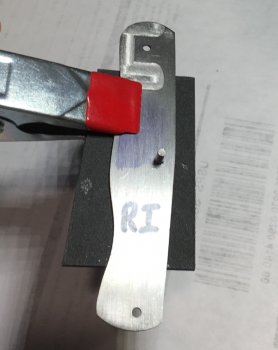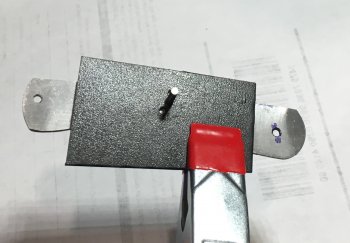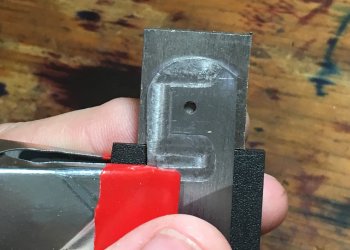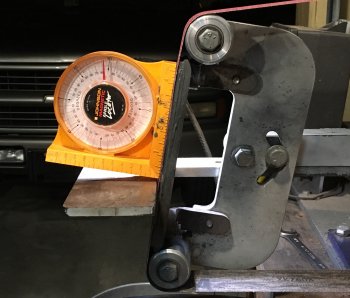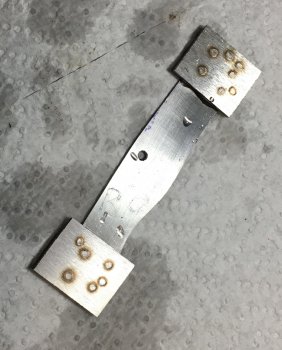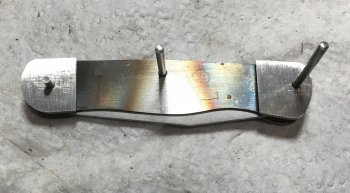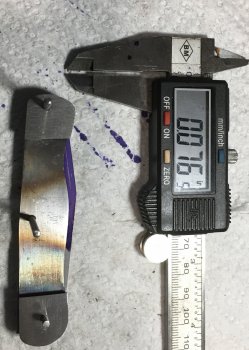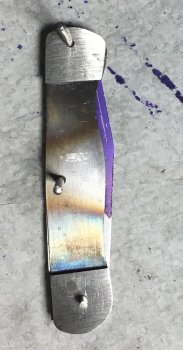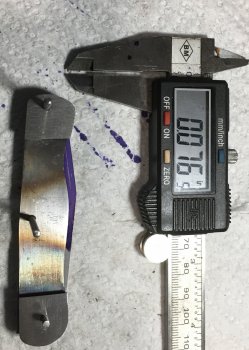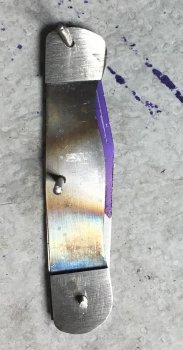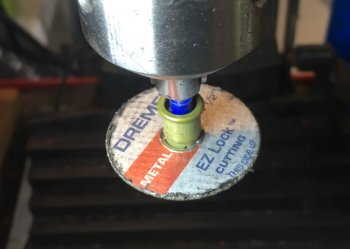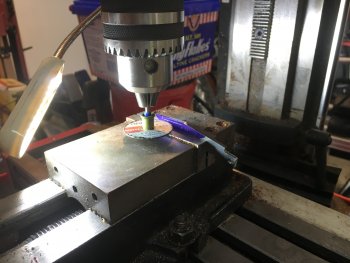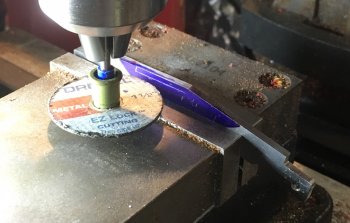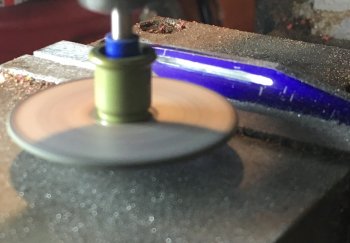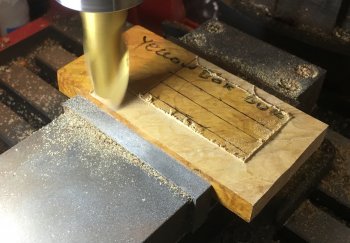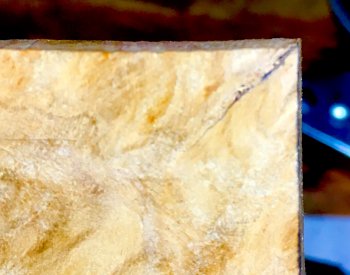John Wilson
Well-Known Member
Thank you for posting this! The OCD grinding calls my name on every knife.
Me too. It’s easy to end up with a toothpick. The thing is you can always grind more on it later. (Things I have to repeat over and over in my head.)
The process for making folders has improved my fixed blade making process immensely. Doing folders has forced me to count my steps. Think ahead so that I can do something once at the appropriate time instead of doing it early and having to do it again.

